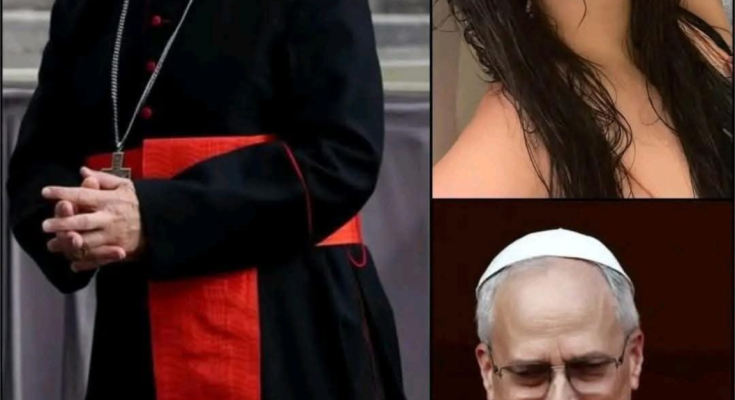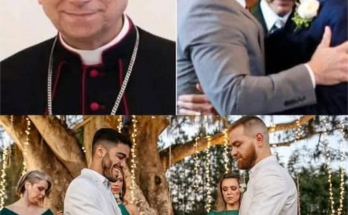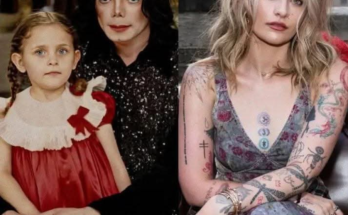The Intersection of Religion and Controversy: A Current Analysis
In a world where daily life intertwines with the public sphere, religious leaders can take on a complex role. The image we’ve shared perfectly illustrates this dynamic. At the top, a cardinal of the Catholic Church, known for his theological knowledge and influence within the community. Beside him, an enigmatic woman, whose story remains unknown,
exudes a boldness that defies traditional expectations.
At the bottom of the image, we find another cardinal, his expression of humility and supplication evident. The word “FORGIVENESS” in a striking format suggests not only a recognition of errors but also a universal need for redemption that transcends the religious realm.
What Does This Image Convey?
This interplay of images and messages prompts us to reflect on the role of religious leaders today. As society progresses toward greater openness and dialogue about morality and ethics, religious figures face the pressure to adapt. The appearance of the woman in the image symbolizes contemporary challenges that defy traditional norms, while the cardinals represent an institution often seen as entrenched in its dogmas.
The Duality of Forgiveness
The concept of forgiveness is deeply rooted in Christian tradition; however, in the current context, it can be interpreted in various ways. The image of the cardinals imploring forgiveness may relate to the recent scandals within the higher echelons of the Church that have tested the faith of millions. This act of supplication could be viewed as a necessary step toward reconciliation, an attempt to regain the lost trust between the community and its leaders.
Contemporary Culture within the Religious Framework
The contrast between the woman’s image and that of the cardinals also portrays a generational clash. The youth, seeking authenticity and connection, may feel alienated by traditions they consider outdated. The female figure represents this new quest, an impulse to question and reform the established norms, often seen as a threat by traditional structures.
Final Reflection
The powerful interaction between religion, scandal, and culture in this image invites us to consider the future of faith in an ever-changing world. The ability to ask for forgiveness and transform oneself may not only be a path toward personal redemption but also an essential requirement for moving forward in a world where social expectations and institutional structures are in a constant state of review. Thus, the search for meaning within this duality becomes essential for everyone, regardless of their
religious stance.


